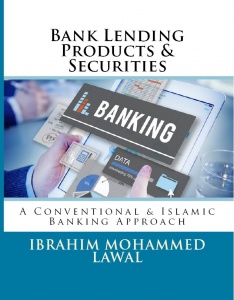Almost every student these days has at least some student loan debt. Yet, all too often, graduates get a shock when they see the amount they owe once their college education is over. Having to pay back student loans can end up holding you back when it comes to furthering your career or doing the things you’ve always wanted to. It can also stop you from taking risks with your career that could further your goals.
With this in mind, tackling your repayments quickly is pretty important. In fact, it should be a top priority once you leave college. So, here is some advice about how to get debt-free more quickly.
Consolidating Your Federal Student Loans
If you’re asking how do I pay back my student loans more quickly, the first thing to consider is consolidating your federal student loans if you have your loans at several different banks. This probably won’t apply if your loan is a more recent one, but if your classes began a few years back, consolidating your various loans could make you eligible for some student loan forgiveness programs while making it simpler to pay a single monthly payment. You’ll also get the chance to reduce your monthly payments and get an extension on your loan term. This is something that could prove to be extremely helpful if you aren’t earning as much as you’d anticipated now that you’ve graduated.
Draw Up Your Payment Plan
Make sure that you’ve created a payment plan that will cover not only student loan debts but also any car loans and credit card debts. You should prioritize those debts based on how much interest you’re paying and any tax advantages you can gain. That means usually, you should put federal student loans at the end of the list since their interest rate is typically lower, and put private student loans higher up on your list of priorities. This will help you to focus your effort and get out of debt more rapidly.
Set Your Budget
As soon as you’ve got your first position, you’ll have to set up your budget to limit spending. This will give you more money to put towards your student loan repayments. When you are earning a steady income, you must establish a budget that is realistic and that enables you to save money while also paying off your debts. Although you may be tempted to overspend now you’re in employment, it’s important to make sacrifices now so that you can enjoy having more income later.
Find More Money
Check your budget and see where you can make any further cuts, or see if you have any items that you can sell. Any money that you make, you can put towards paying some more off those loans. Using Craigslist, Facebook Marketplace or eBay could be a good way to sell on anything you no longer want or need.
Take A Second Job
If your student loan debts are very large, taking on another job could be an effective solution. Jobs that offer tips could be a good option for helping you pay those loans off quickly, but freelancing or being a tutor could also help you earn more.
Apply For An Income-Based Repayment Program
If you’re really struggling to meet your payments, you should m make an application for an income-based repayment program. This will base how much you pay on how much you’re earning. You’ll need to make an application every year, and if your income goes up, so will the payment. Under this program, if you continually make your payments on time for thirty years, the remainder of your federal student loans will be eliminated.
Benefit From Loan Forgiveness Programs
The fastest, most effective way of paying off your student loan is to have it completely canceled. If you’re working as a teacher, you could be eligible to get your student loan debts wiped out after 5 years. If you’re working for a non-profit organization or the government, it’s possible you could qualify for similar programs. AmeriCorps and Teach For America also offer programs that help to pay off student loans. If you’re working in a rural or inner-city hospital, you may also find you’re eligible for a forgiveness program.
Take this advice, and you’ll be able to make some headway in paying off your student debt much more rapidly. Then you can begin to focus on saving for all of the other things that you need in your life.

